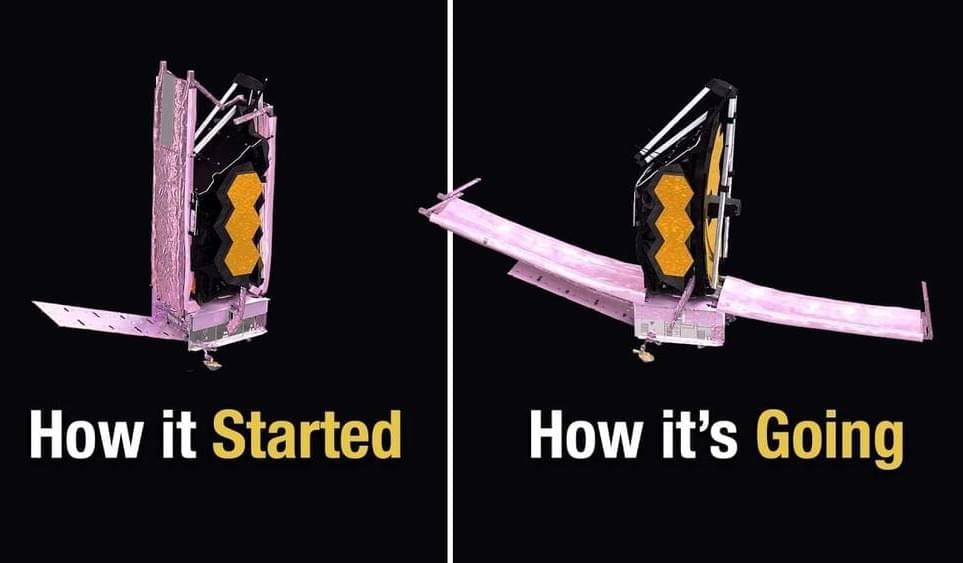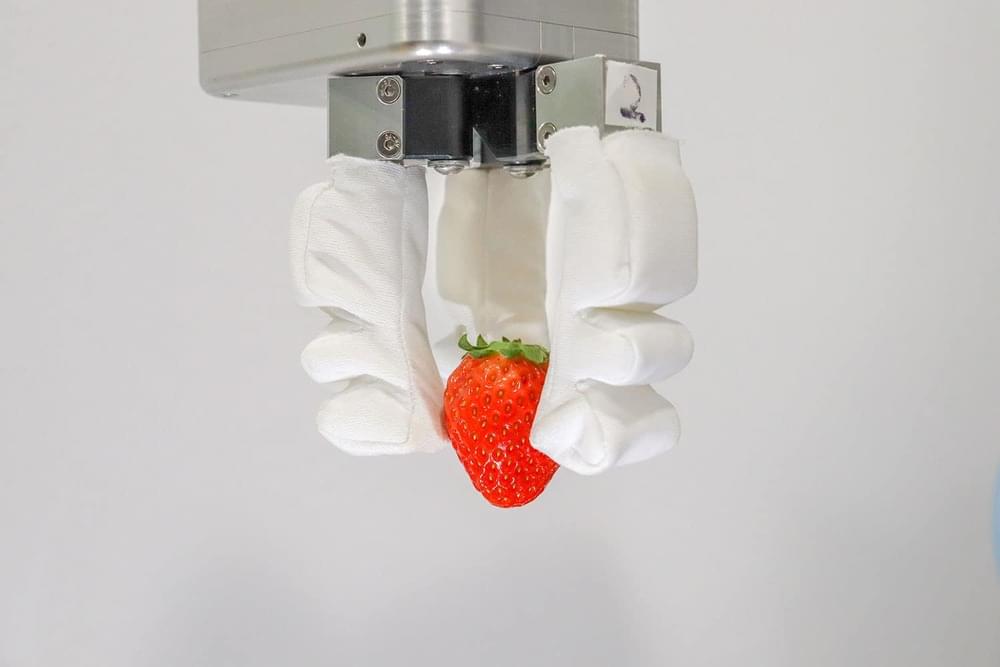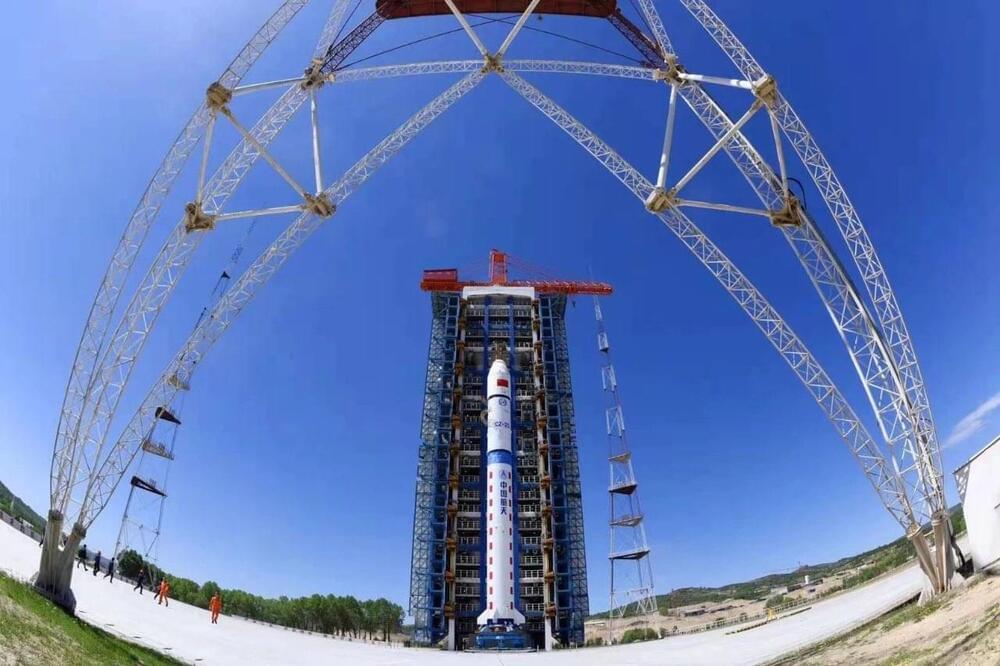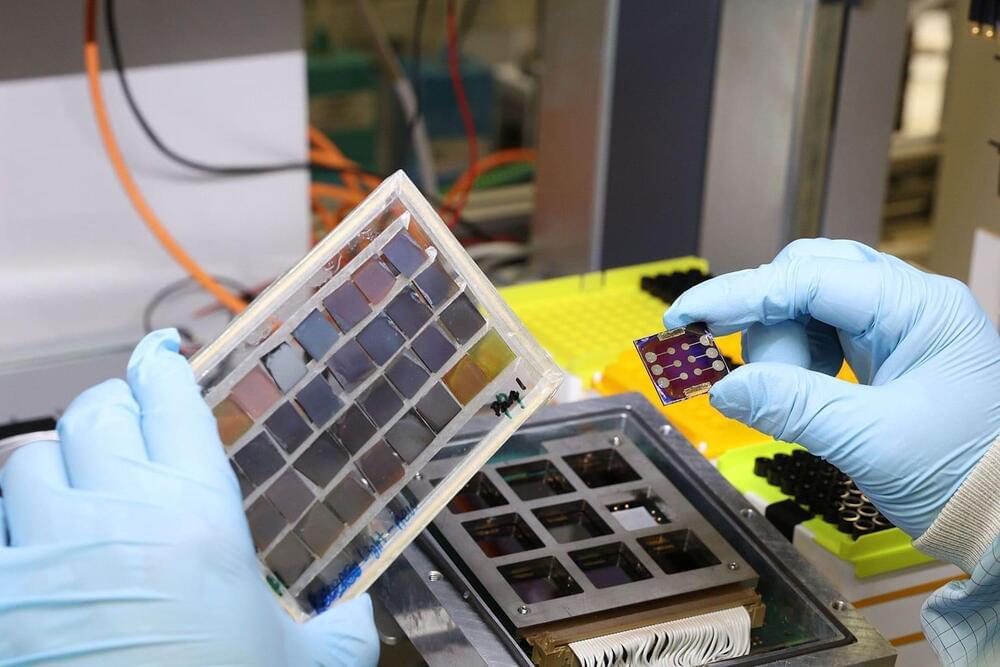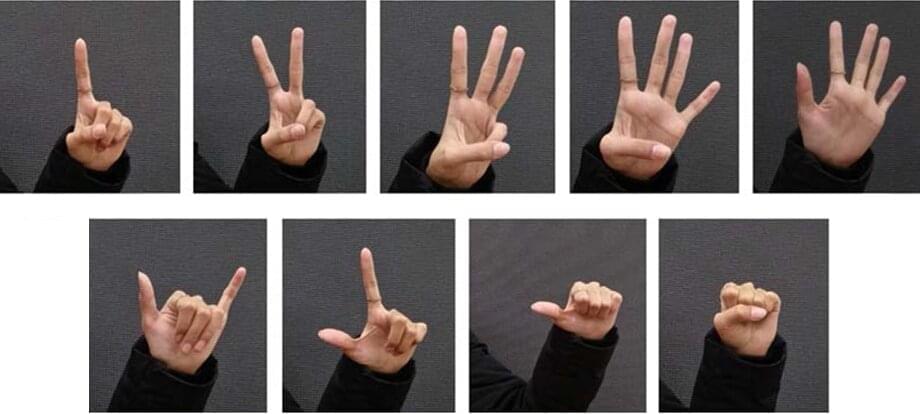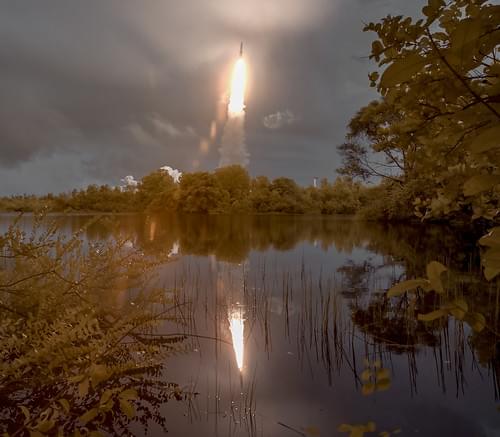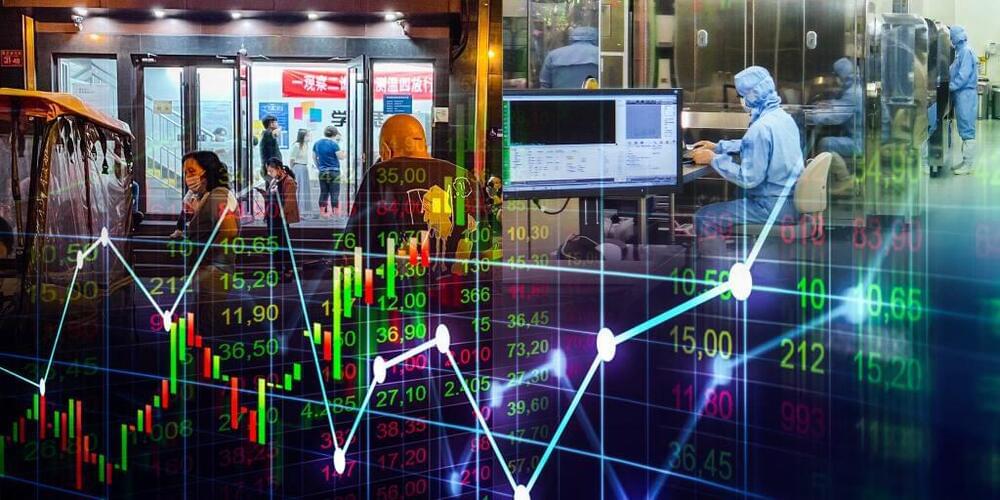Claim your SPECIAL OFFER for MagellanTV here: https://try.magellantv.com/launchpadastronomy. Start your free trial TODAY so you can watch ‘Planet Hunting with the James Webb Space Telescope’ and the rest of MagellanTV’s science collection: https://www.magellantv.com/video/planet-hunting-with-the-jam…-telescope.
The James Webb Space Telescope launched, but now its deployments must work. Even though the launch was successful, the hardest part is yet to come. We’ll take a look at each of the deployment steps and understand why Webb has to be so complex to accomplish its mission.
00:00 Launch of JWST
02:19 Second Mid-Course Correction burn.
04:09 Magellan TV
04:50 Webb’s Requirements.
08:28 Unitized Pallet Structure Deployment.
09:11 Deployable Tower Assembly.
09:53 Aft Momentum Trim Tab.
10:34 The Sunshield.
12:52 Sunshield Deployment.
14:40 Secondary Mirror Support Structure.
15:37 Aft Deployed Instrument Radiator.
16:17 Primary Mirror Wings and Alignment.
17:27 L2 Orbit Insertion and Commissioning.
18:07 Contingency Operations.
🖖 Share this video with a fellow space traveler: https://youtu.be/QeiQEG450gc.
